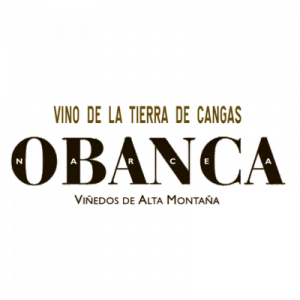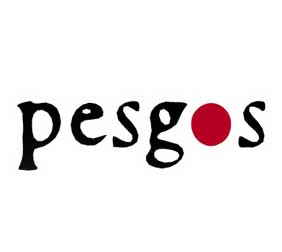Regulatory Council and Legislation
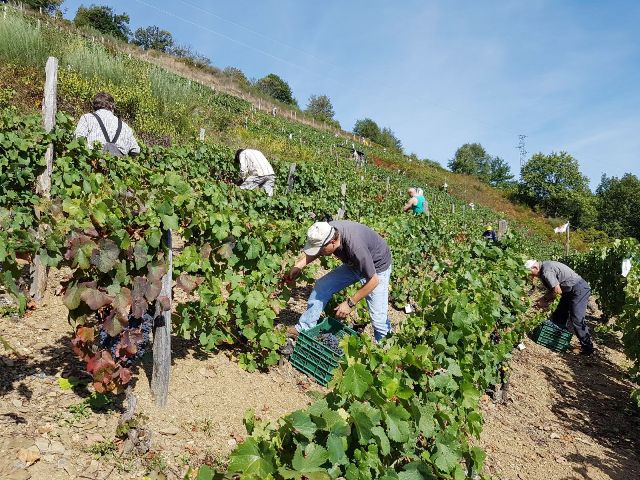
Cangas Protected Designation of Origin
Six members representing the manufacturing sector, chosen from among the producers located in the territory covered by the geographical indication. A vice president chosen from among the members. A president, appointed from among the members and at their proposal. Likewise, a person who is not a member may be appointed Chairman, in which case the unanimity of all the members of the managing body will be required. In the deliberations of the managing body, the President will have a casting vote. Regardless of the maximum number of members, the representation will always be equal between the members of the producer and processor sectors. The positions of the members will be renewed at least every four years, and may be re-elected.
Downloadable forms
Pliego Condiciones DOP CANGAS
Functions of the Regulatory Council
Keeping of the following records:
- Vineyard register
- Warehouse registration
Propose the minimum control requirements that each registered operator must submit to in each and every one of the production phases, elaboration and commercialization of the covered wines and, where appropriate, the minimum control requirements for the initial concession and for the maintenance of certification.

Establishment of quotas among those registered in the Registries for operating expenses, control and promotion of the geographical indication.
Periodic monitoring of the vineyards and wines. Control of the harvest by monitoring the maturation in the different areas and collecting samples to establish the optimal time of harvest.
Monitoring of the arrival of grapes in the winery during the harvest season. Constitute the “qualification committee”, made up of experts to carry out the sensory analysis of the consignments of wine that intend to use the denomination, which may disqualify those that do not meet the required conditions, in a motivated manner.
Qualification of the different consignments of wine, based on the analytical and organoleptic results, for the issuance of back labels. Approval of models of back labels, order and control of the same.
Follow-up of back-labeled items before they are marketed to control their evolution. Prepare statistics on the production, processing and marketing of the covered products. Establish the requirements that wine labels must meet within the scope of their competences.
Carry out promotional events related to the geographical indication; such as attendance at specialized trade fairs in the sector, advertising campaigns and product presentation. Carry out training and advice courses and workshops on winemaking. Encourage contractual relationships between its enrollees.
Other activities aimed at consolidating the Vino de Cangas appellation, which are considered of interest. For the fulfillment of its purposes, the regulatory council will have the necessary staff.
The Back Label
Cangas Protected Designation of Origin
To obtain this label, the wines must meet a series of requirements reflected in the Denomination Regulations, such as:
Guarantee of Origin
The origin of the grape must be 100% from the area of the Denomination.
Production performance and traceability
Each batch of wine must correspond to a batch of grapes reflected in the minutes during the harvests and must be adjusted to the maximum yields established both for the production of grapes and for obtaining musts. Likewise, traceability is verified regarding the production processes carried out in each winery: assemblages, aging, bottling, labeling …
Physical-chemical and sensory control:
The Cangas Protected Designation of Origin undergoes physical-chemical analysis by an official laboratory to verify that its parameters (Acidity, Grade, Sulfur Anhydride, Sugar, etc.) are within the range of values required by the Regulation of the Denomination, if so, it is subjected to sensory analysis (Tasting) by a Qualification Committee made up of people outside the Denomination: Winemakers from other Denominations, sommeliers, Hospitality, Hospitality School, Food critics … Only those wines that have passed all controls and they meet all the requirements are certified as a product protected by the Cangas Protected Designation of Origin.
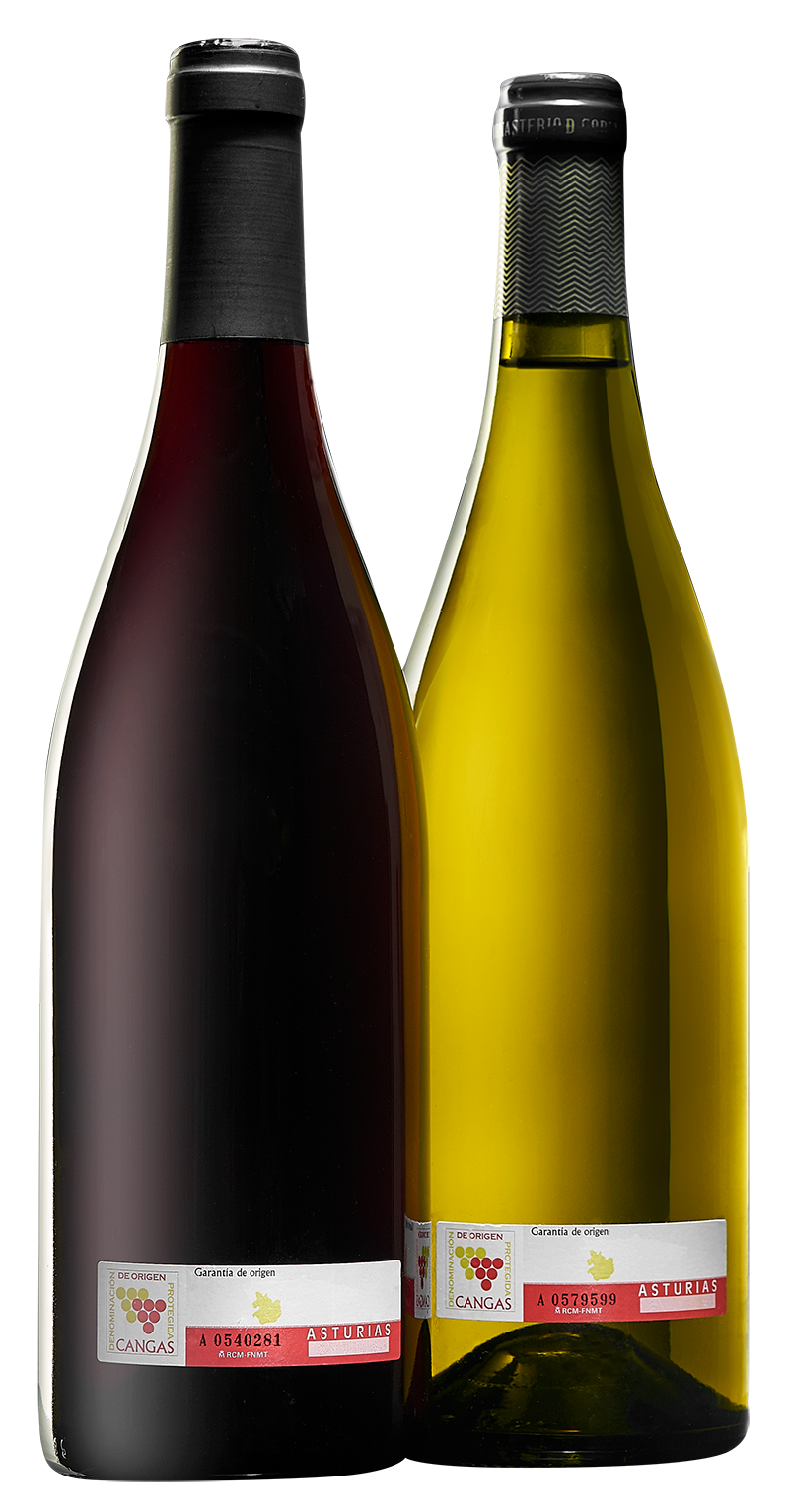
The Back Label.
“YOUNG” WINE

The wines classified by the Regulatory Council of the Cangas Protected Designation of Origin as “Young” are those wines that in addition to meeting all the requirements in relation to traceability, physical-chemical and organoleptic analysis, are presented to the qualification committee within a year, after harvesting and once the wine is qualified, it is bottled within a month.
Those wines that go through the barrel, but do not meet the deadlines to be classified as “Crianza”, are also classified as “Young”. These wines may indicate on the label the length of time in the barrel by the terms “Barrel” or “· Roble” if the Regulatory Council is aware of this fact included in the corresponding records of entry and exit of barrels. These wines are not required to be qualified in the year following their harvest.
The Back Label.
WINE “CRIANZA Y RESERVA”

The wines protected by the Cangas Protected Designation of Origin in this category are those wines that have acquired a harmony in all its organoleptic qualities and remarkable analytical characteristics as a consequence of an aging process.
Those wines that complete an aging period of no less than two calendar years, in the case of reds and 18 months in the case of whites, will be labeled as Crianza, of which at least six months will have remained in the barrel. made of oak wood with a maximum capacity of 330 liters. Wines with a minimum aging period of 36 months will be labeled as “Reserve”, of which they will have remained at least 12 months in oak barrels with a maximum capacity of 330 liters and in the bottle for the rest of the periods.
And the whites with a minimum aging period of 24 months, of which at least 6 will have remained in oak barrels of the same maximum capacity. In the Cangas Protected Designation of Origin , the use of wood chips for aging wines is not allowed under any circumstances.
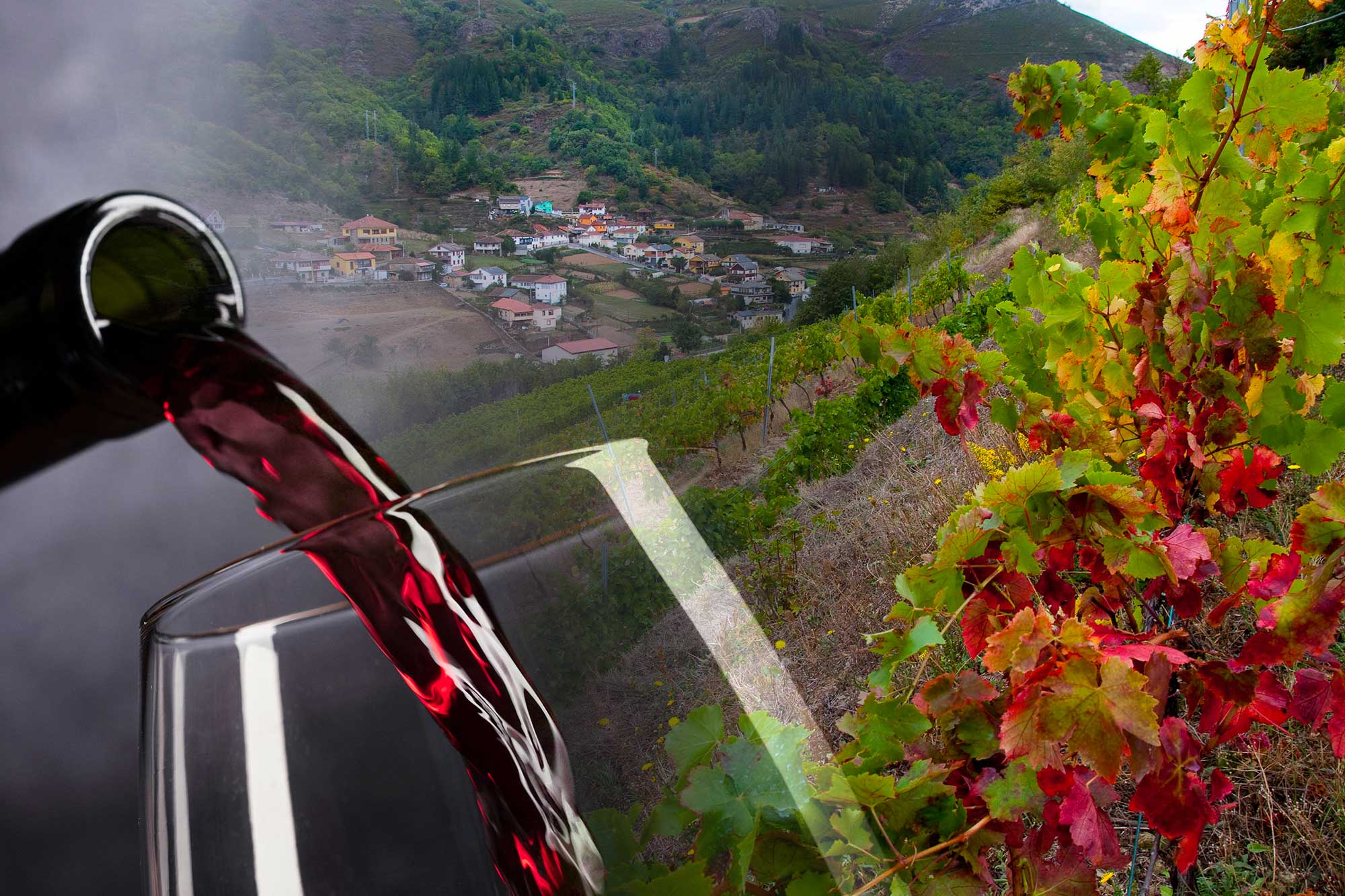

Awards and Achievements of wines with “Cangas Protected Designation of Origin”
 |
AWARDS(Quality and Professional and Business Excellence in the modality of Promotion and Projection of Asturian Winemaking)Give an award: ASOCIACION ASTURIANA DE ASESORES LABORALES |
 |
DIPLOMA OF HONOR(Recognition of the contribution and tourism development of the Asturian West)Give the award: FEDERACION DE ASOCIACIONES TURISTICAS DEL OCCIDENTE DE ASTURIAS |
2012
|
|
CORIAS GUILFA 2009 (Tinto con Madera)Premio: MEDALLA DE PLATA EN EL CONCURSO CATAVINUM WORLD WINEEntity that awarded the award: CWWSC CATAVINUM WORLD WINE & SPIRITS CHALLENGE Contest: Internacional |
|
|
MONASTERIO DE CORIAS VIÑA GRANDIELLA 2010 (Blanco sin Madera)Premio: MEDALLA DE PLATA EN EL CONCURSO CATAVINUM WORLD WINEEntity that awarded the award: CWWSC CATAVINUM WORLD WINE & SPIRITS CHALLENGE Contest: Internacional |
2011
|
|
BLANCO VIÑA GRANDIELLA
|
|
|
BLANCO VIÑA GRANDIELLA
|
|
|
BLANCO VIÑA GRANDIELLA
|
|
|
TINTO CORIAS GUILFA
|
2010
|
|
TINTO PENDERUYOS SELECCIÓN
|
2009
|
|
TINTO OBANCA
|
|
|
TINTO PESGOS SELECCIÓN
|
|
|
TINTO PESGOS SELECCIÓN
|
Grape varieties
The most characteristic grapes, typical of the area and conformed for decades to its climate and soil, are the white Albarín, Albillo and Moscatel of small grain, in the case of the white varieties.
Grape varieties
The most characteristic grapes, typical of the area and conformed for decades to its climate and soil, are the carrasquín, the verdejo negro, the mencía and the albarín negro in the case of the reds.
Types of wines and characteristics. WHITE WINE
Varieties: albarín white, albillo, muscat small grain, godello and extra white.
Types of wines and characteristics. RED WINE
Varieties: carrasquín, verdejo black, albarín negro and mencía.
THE WINERIES




